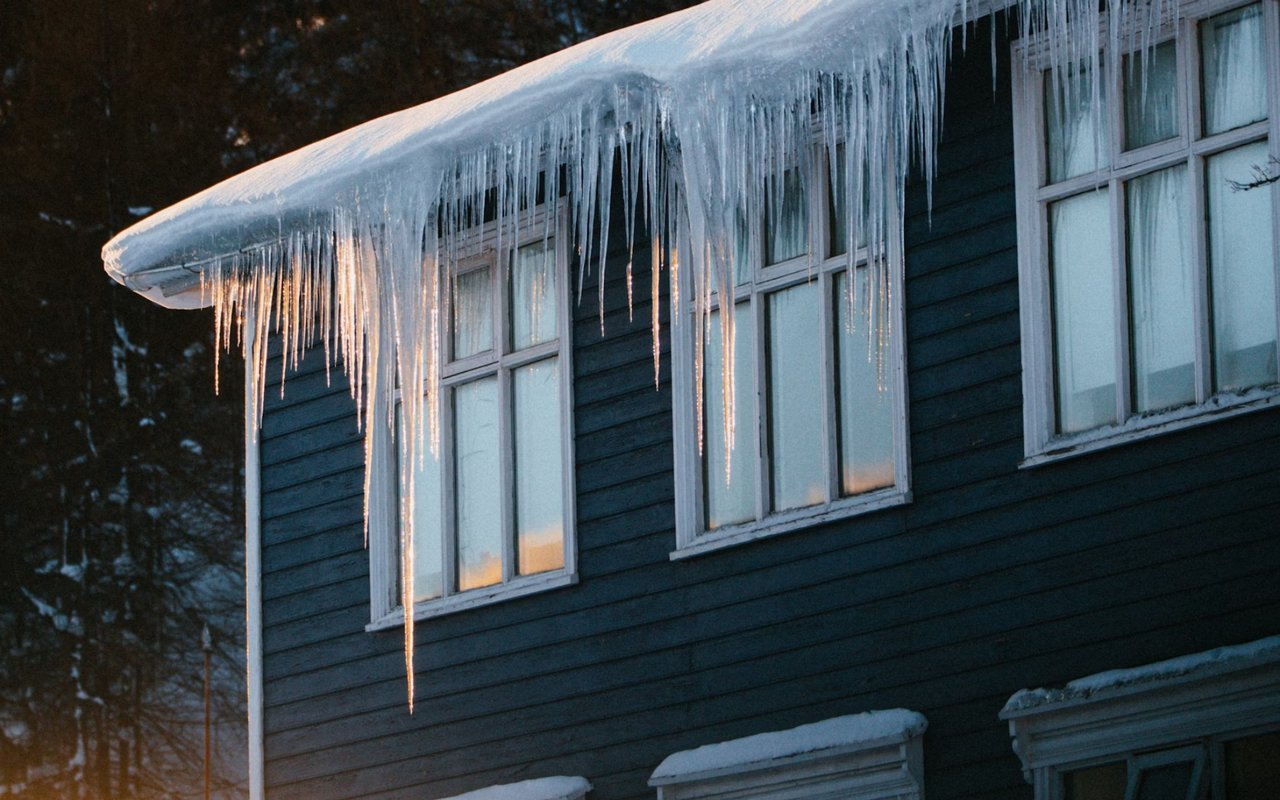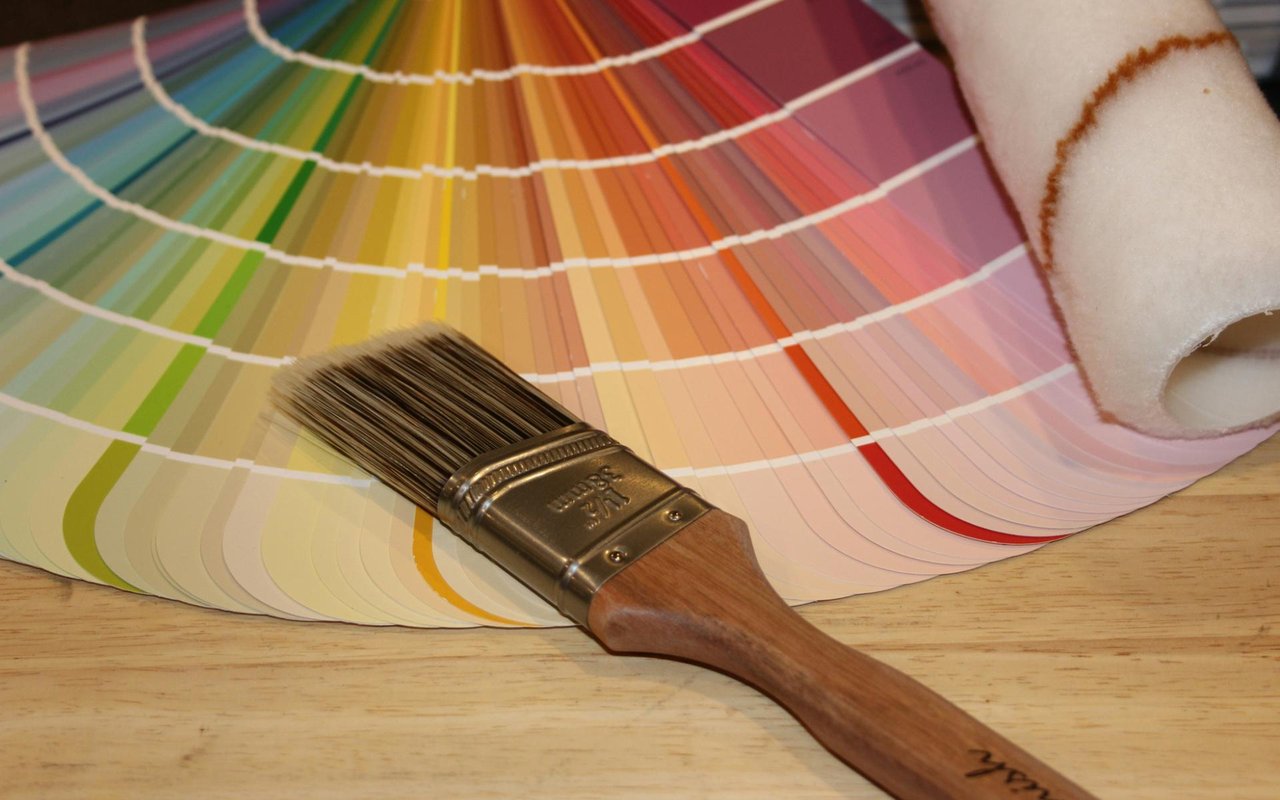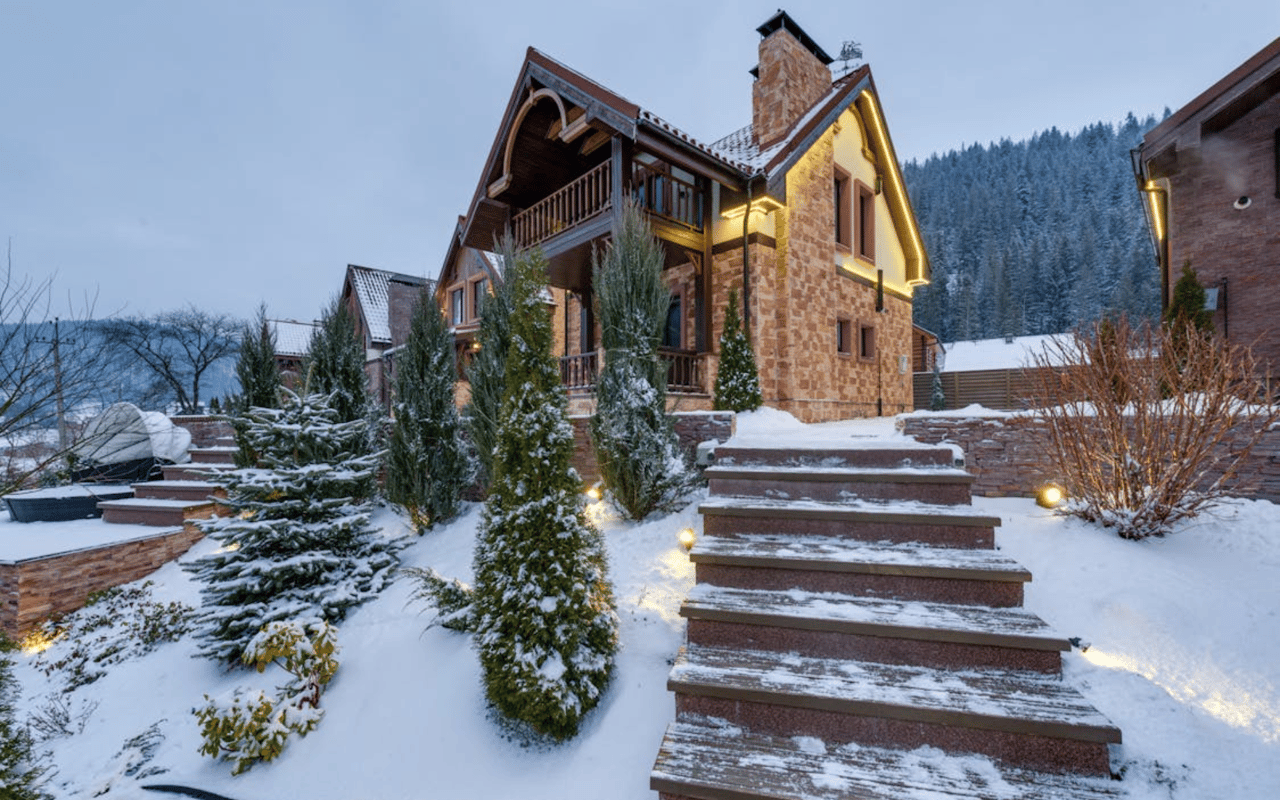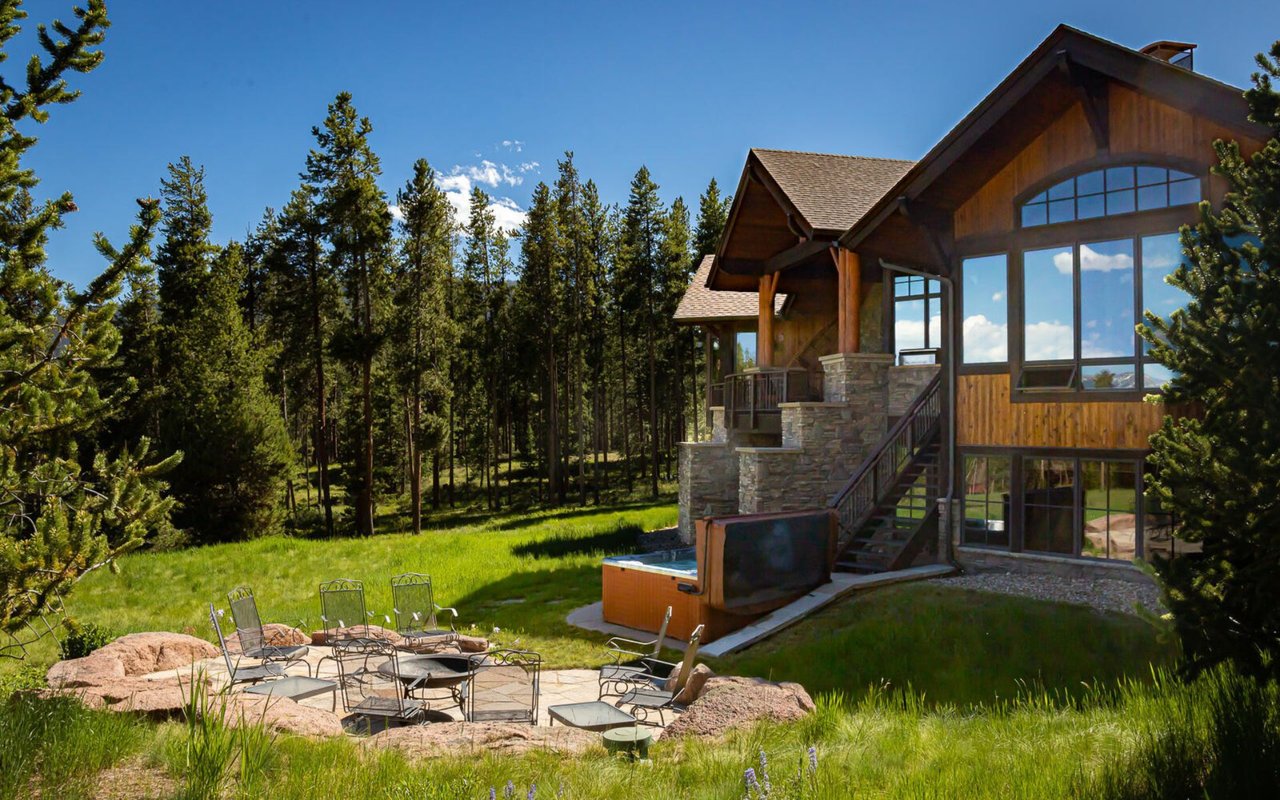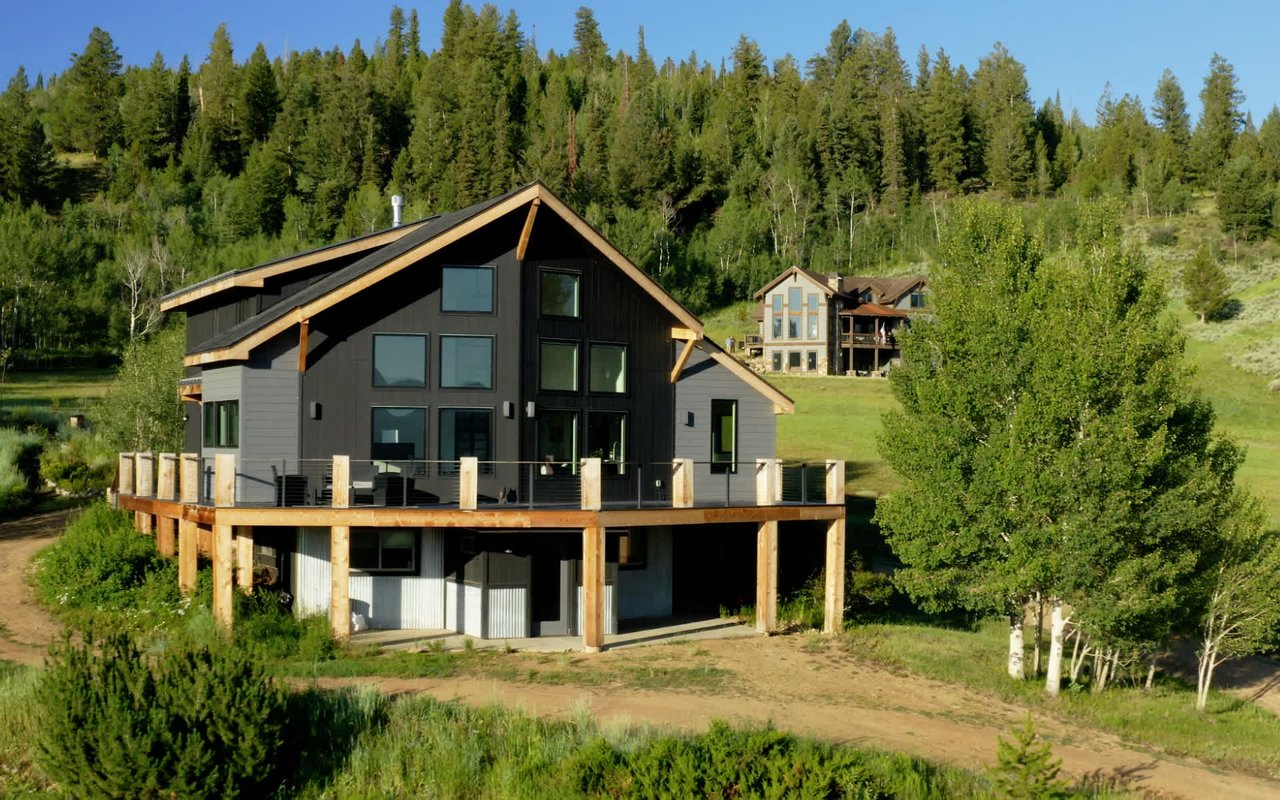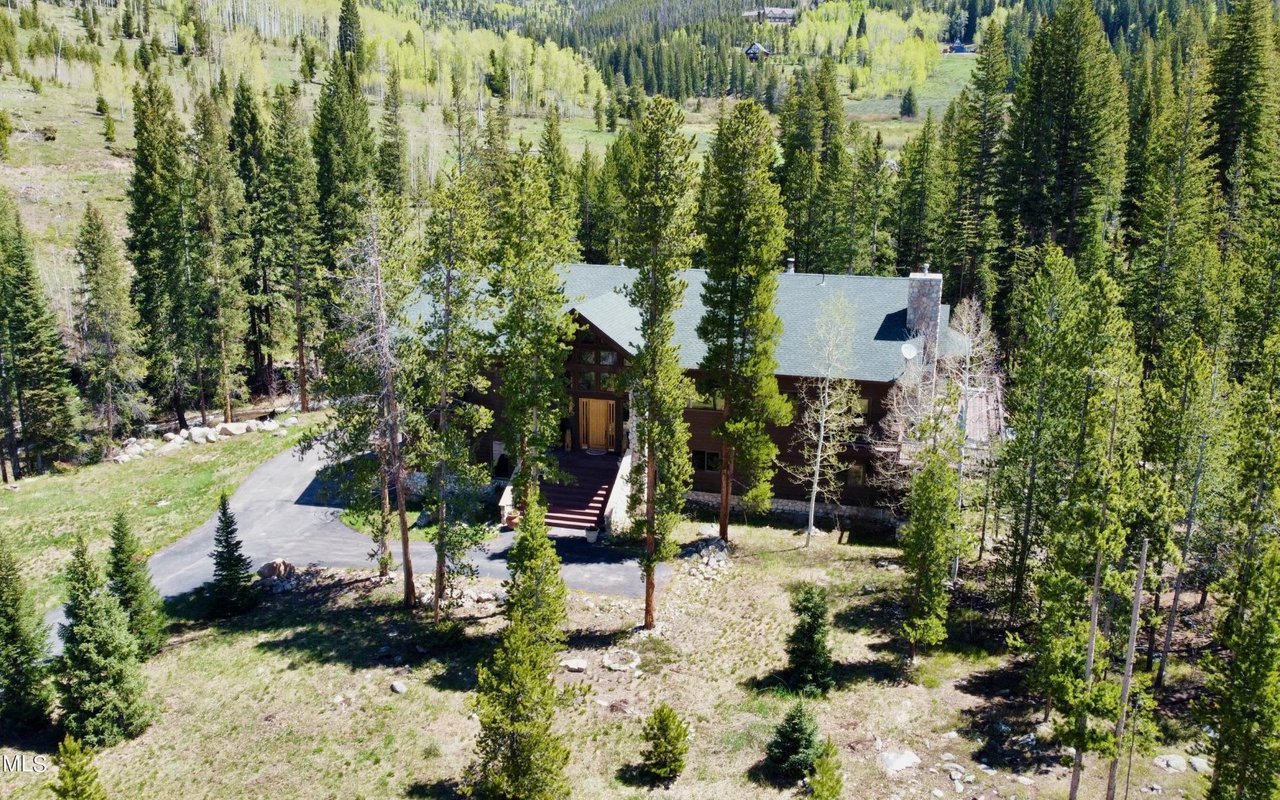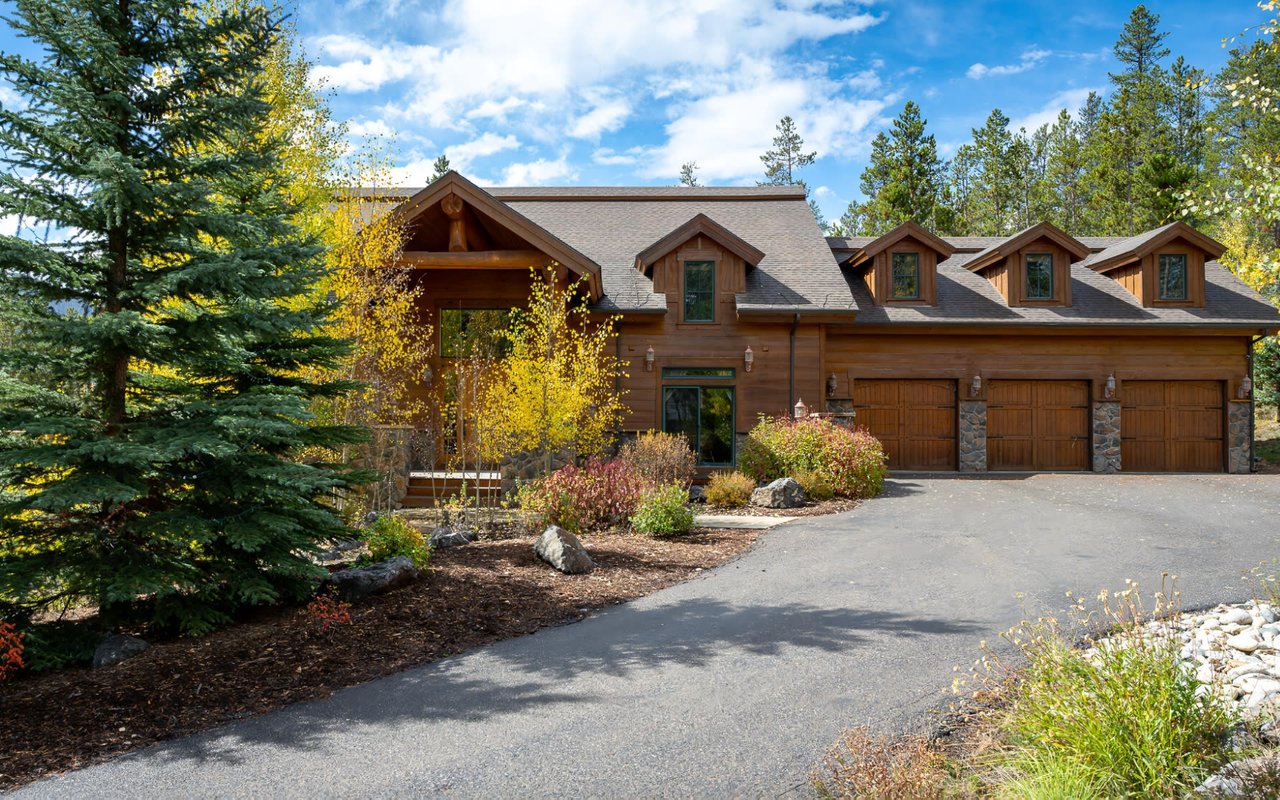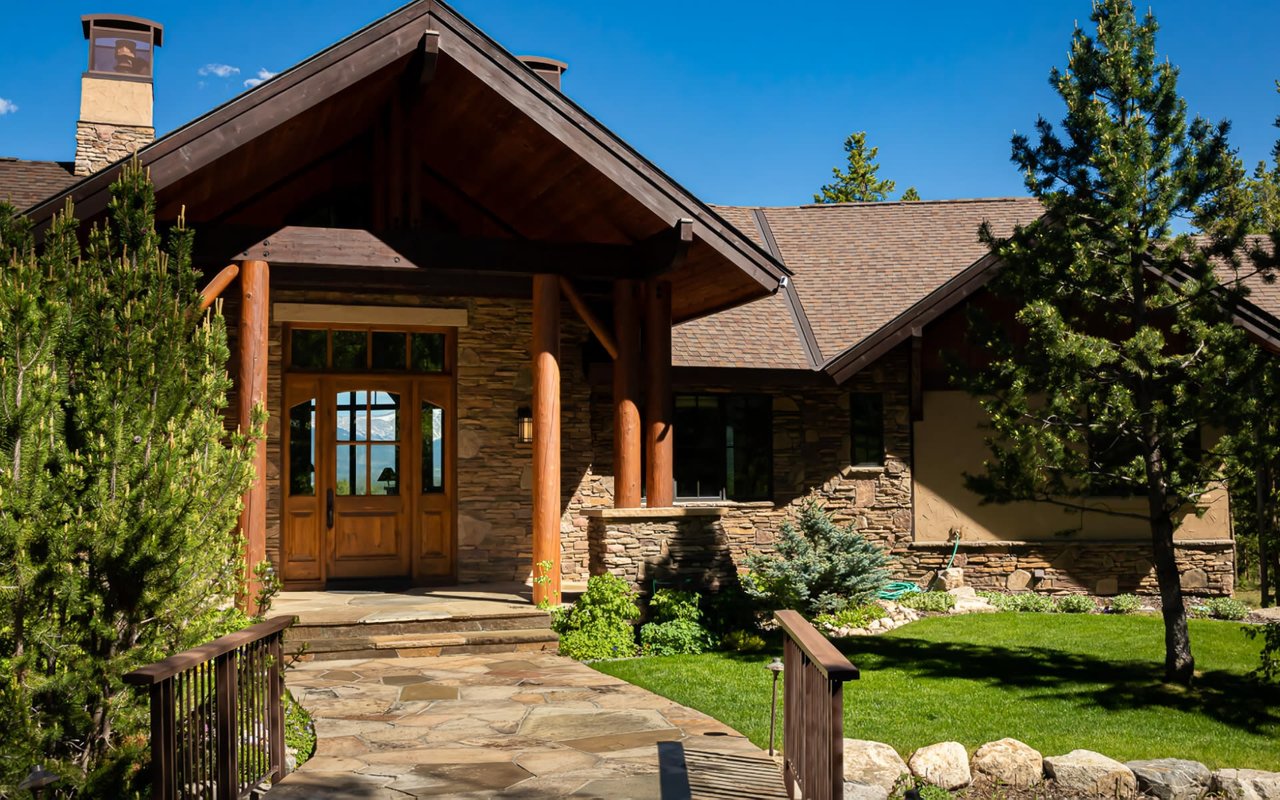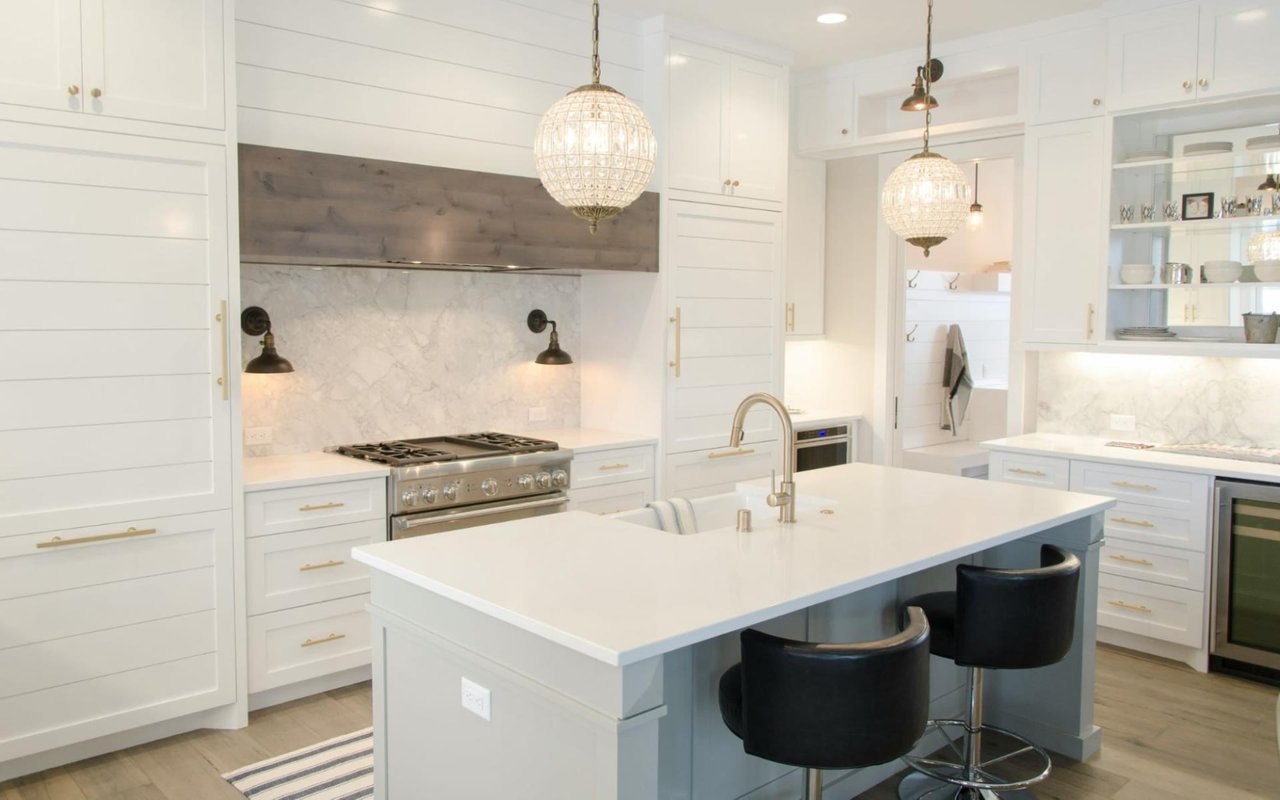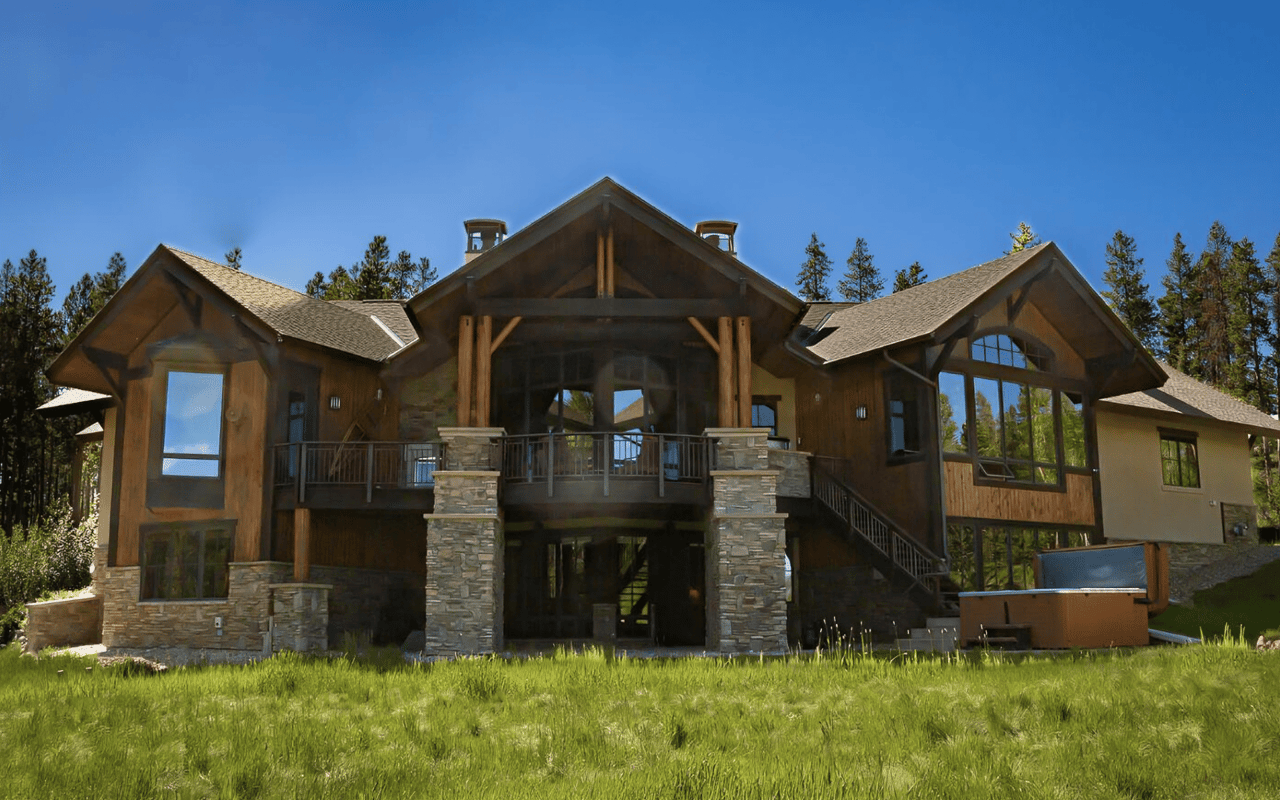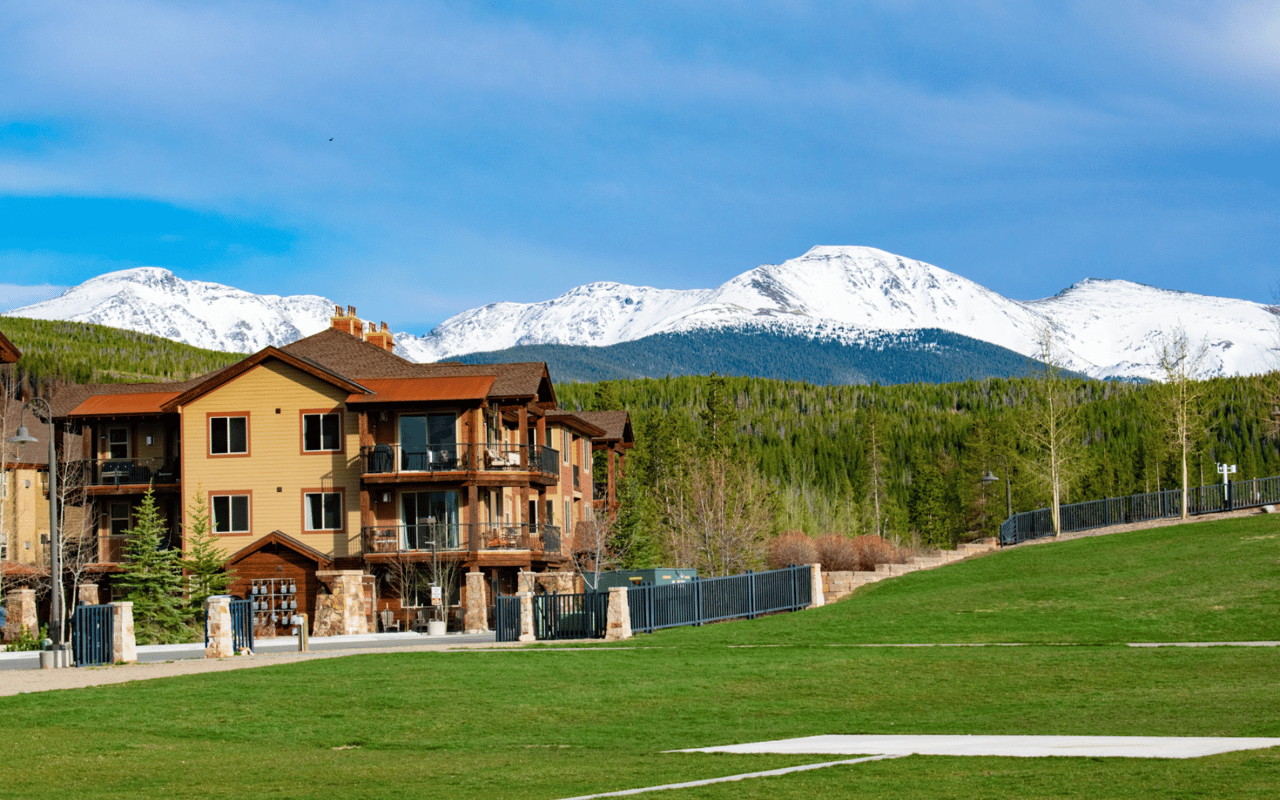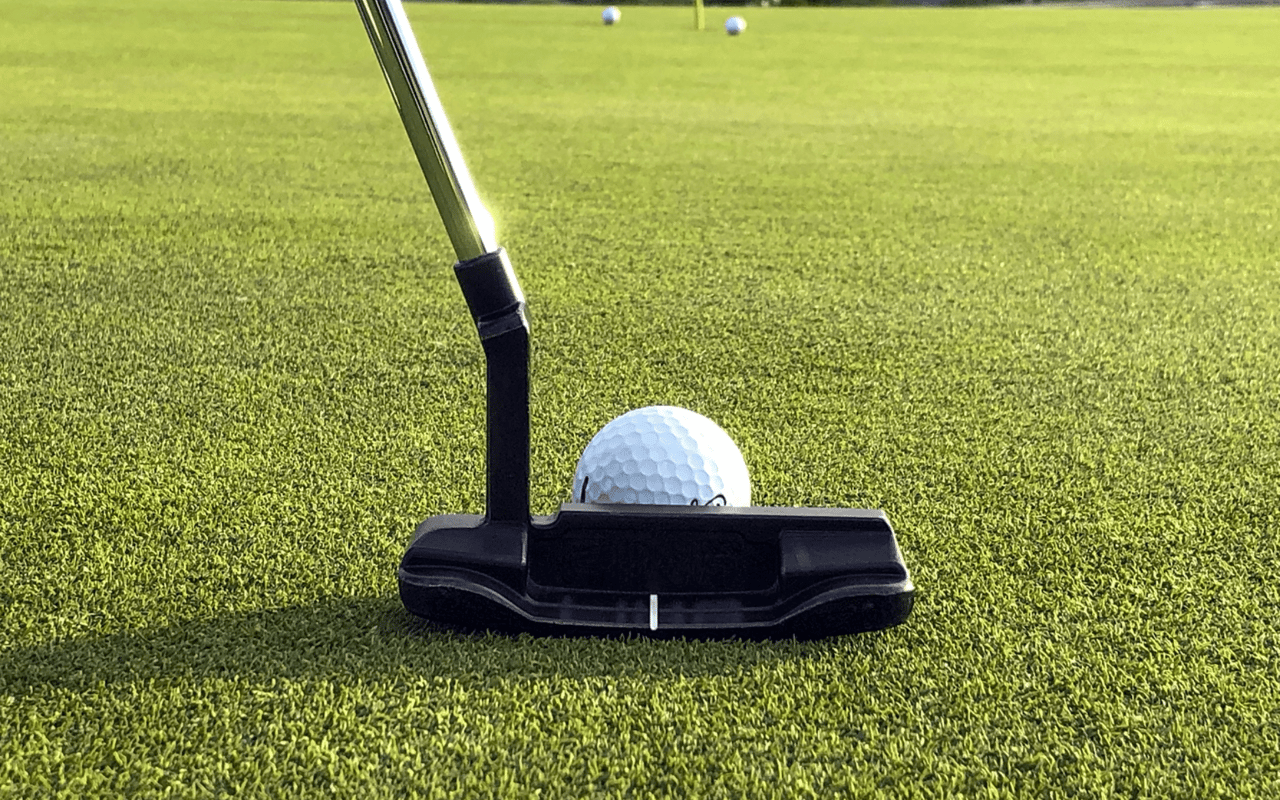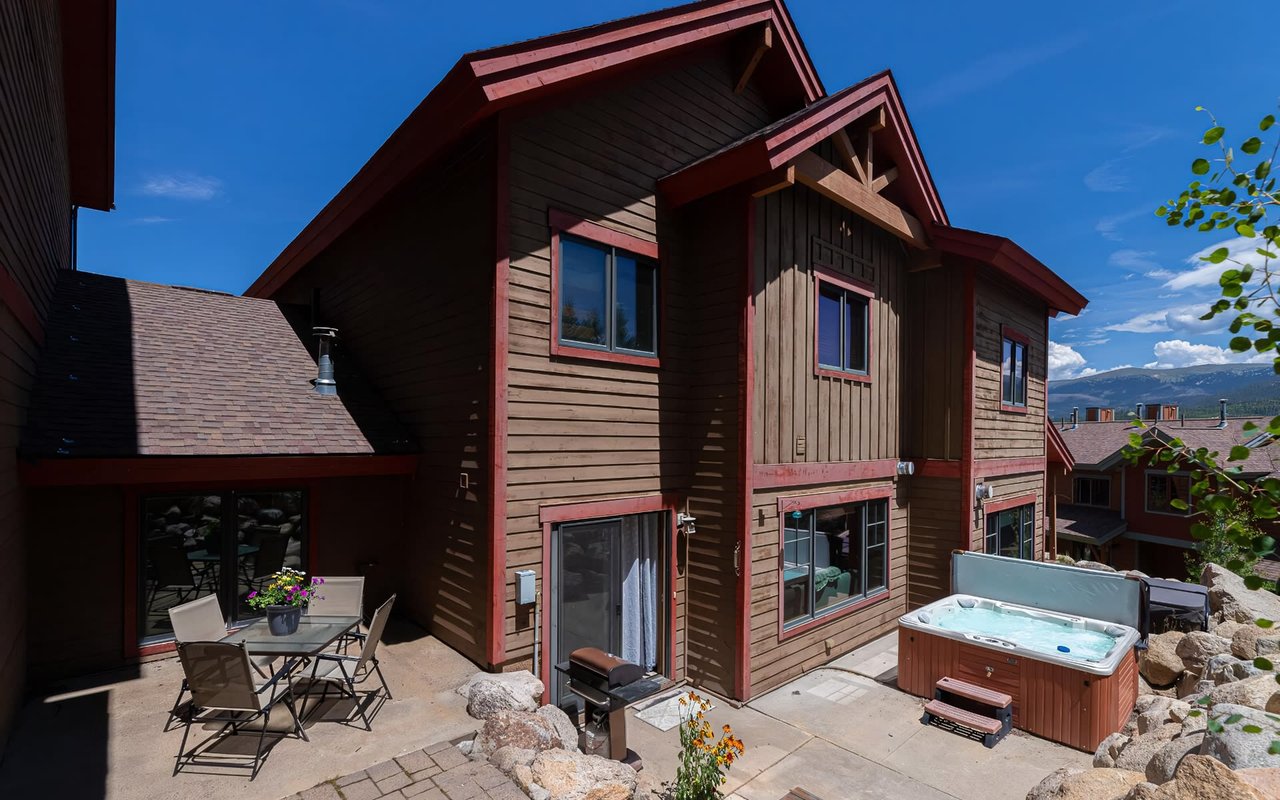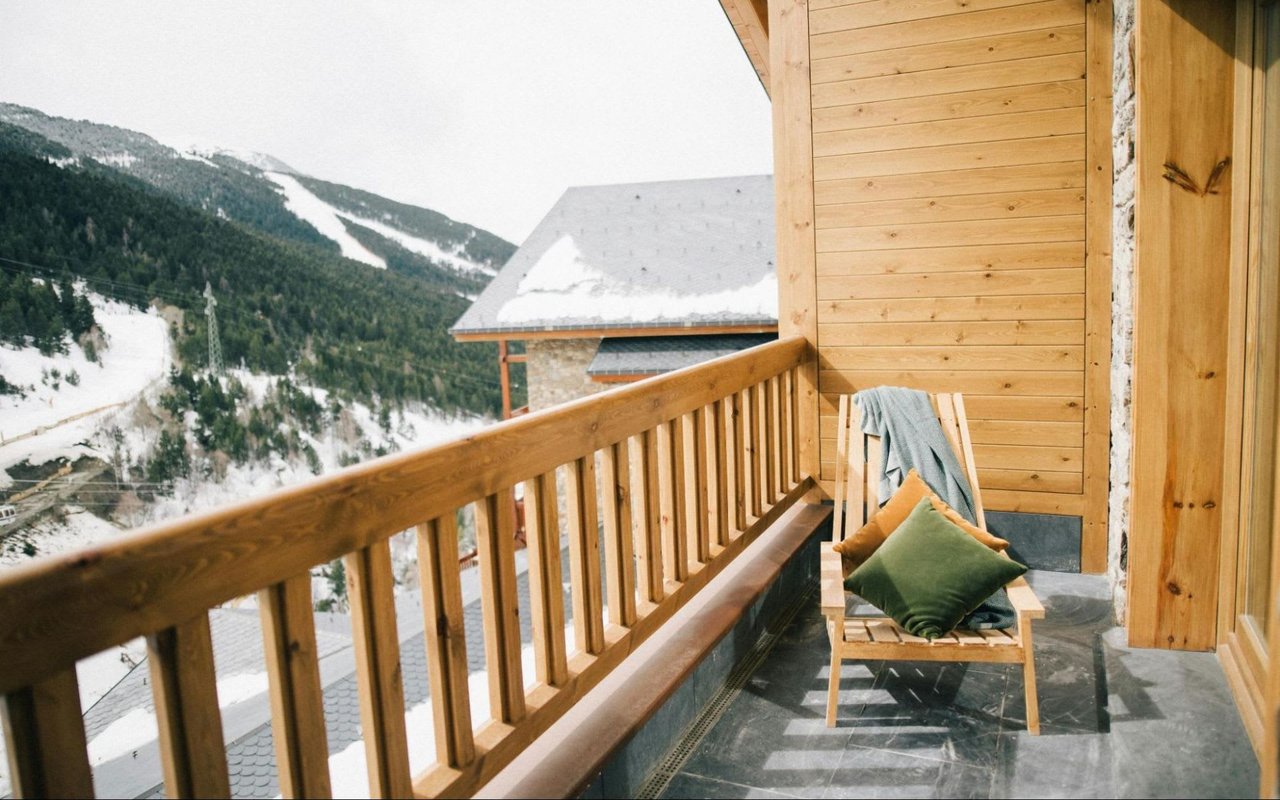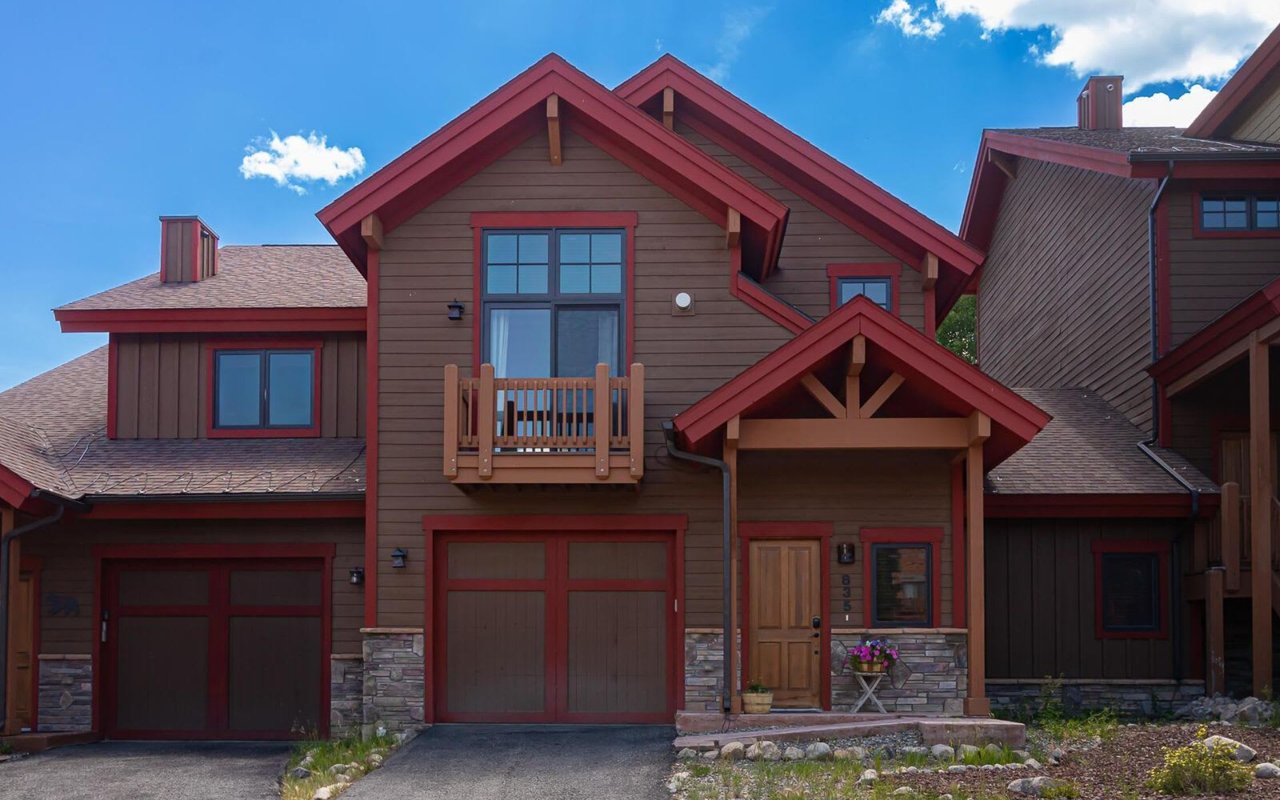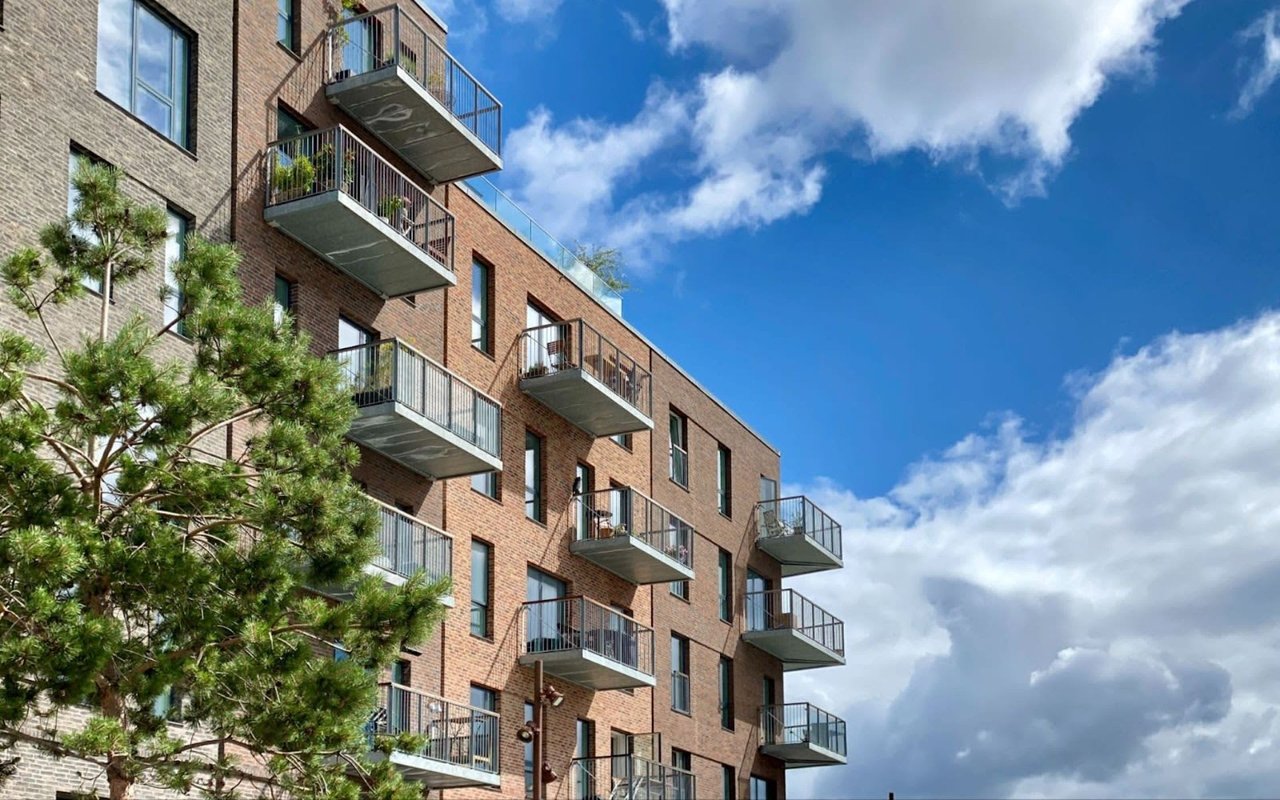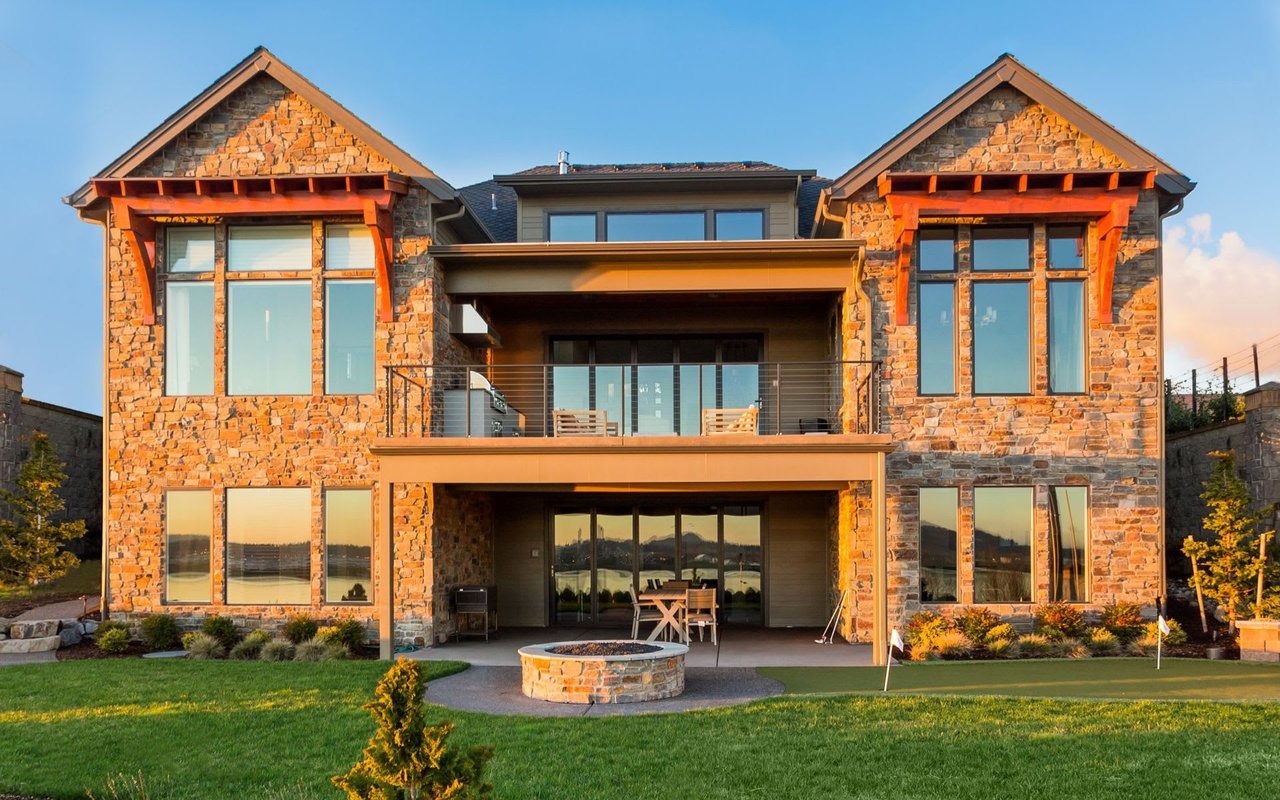Mountain living in Winter Park, Colorado offers stunning views, fresh alpine air, and access to some of the country’s most pristine natural surroundings. However, even in locations known for clean outdoor environments, homeowners often overlook the importance of indoor air quality. Whether living in a brand-new build or a longtime family home, understanding how to improve the air quality of your home is essential to maintaining wellness, comfort, and property value.
Indoor air quality plays a vital role in long-term health. According to the EPA, indoor air can be two to five times more polluted than outdoor air due to contaminants such as dust, mold spores, off-gassing materials, and chemical residues from cleaning supplies or construction materials. In high-altitude climates like Winter Park, where homes are often tightly sealed for energy efficiency, these pollutants can accumulate quickly.
For current and future homeowners in the Winter Park area, this guide explores both simple and advanced techniques to ensure cleaner indoor air. Whether preparing a home for sale or creating a healthier space for long-term living, these strategies help explain how to improve the air quality of your home in measurable and sustainable ways.
Understand the Primary Sources of Indoor Air Pollution
To improve air quality, it’s helpful to first understand what impacts it. In mountain homes, common contributors to poor indoor air include wood-burning fireplaces, dust from unpaved driveways or mountain landscaping, and moisture that leads to mold in basements or bathrooms. Other sources may include volatile organic compounds (VOCs) released from furniture, paint, or cabinetry materials.
New construction homes can also experience temporary indoor air quality challenges from off-gassing materials, while older homes may accumulate allergens in carpeting, ductwork, or behind walls. In Winter Park, where homes are often used seasonally or rented part-time, prolonged vacancy can also affect ventilation and introduce moisture-related issues.
Knowing how to improve the air quality of your home means assessing these risk factors and implementing systems or upgrades to control them.
New construction homes can also experience temporary indoor air quality challenges from off-gassing materials, while older homes may accumulate allergens in carpeting, ductwork, or behind walls. In Winter Park, where homes are often used seasonally or rented part-time, prolonged vacancy can also affect ventilation and introduce moisture-related issues.
Knowing how to improve the air quality of your home means assessing these risk factors and implementing systems or upgrades to control them.
Improve Ventilation and Air Exchange
Proper ventilation is one of the most effective ways to maintain healthy indoor air. In newer homes built to strict energy codes, air-tight construction is beneficial for efficiency but can inadvertently trap pollutants inside. Installing a heat recovery ventilator (HRV) or energy recovery ventilator (ERV) allows fresh air to enter the home while retaining indoor heat—a key consideration in Winter Park’s cold climate.
Natural ventilation through windows can also be effective during the warmer months. Placing operable windows on opposite walls allows for cross-ventilation, pushing stale air out and fresh air in. This is especially useful in mountain homes where outdoor air quality tends to be excellent and can easily refresh interior spaces.
Mechanical systems, such as whole-house exhaust fans or dedicated bathroom and kitchen ventilation, should be routinely maintained to ensure effective performance. These systems not only remove airborne pollutants but also help control humidity, which is directly tied to mold and mildew growth.
Natural ventilation through windows can also be effective during the warmer months. Placing operable windows on opposite walls allows for cross-ventilation, pushing stale air out and fresh air in. This is especially useful in mountain homes where outdoor air quality tends to be excellent and can easily refresh interior spaces.
Mechanical systems, such as whole-house exhaust fans or dedicated bathroom and kitchen ventilation, should be routinely maintained to ensure effective performance. These systems not only remove airborne pollutants but also help control humidity, which is directly tied to mold and mildew growth.
Use High-Quality Air Filters and Purification Systems
Many homes in Winter Park rely on forced-air heating systems, making HVAC filters a critical line of defense against airborne particles. Upgrading to a high-efficiency filter with a MERV rating of 13 or higher can capture finer particles such as pollen, bacteria, and smoke.
For homes with radiant heat or no central air system, standalone air purifiers can be used in key living areas and bedrooms. Look for models that include HEPA filters and activated carbon for removal of both particles and odors. These systems are especially helpful in homes that experience wood smoke during the winter or are located near active construction sites.
Knowing how to improve the air quality of your home includes committing to routine replacement of filters, ensuring ducts are clean and sealed, and choosing air purification technologies appropriate for your home’s size and layout.
For homes with radiant heat or no central air system, standalone air purifiers can be used in key living areas and bedrooms. Look for models that include HEPA filters and activated carbon for removal of both particles and odors. These systems are especially helpful in homes that experience wood smoke during the winter or are located near active construction sites.
Knowing how to improve the air quality of your home includes committing to routine replacement of filters, ensuring ducts are clean and sealed, and choosing air purification technologies appropriate for your home’s size and layout.
Maintain Ideal Indoor Humidity Levels
The dry mountain climate of Winter Park, especially during winter, can result in excessively low indoor humidity levels. While low humidity may seem preferable to mold-producing moisture, extremely dry air can irritate the respiratory system, dry out skin, and even cause damage to wood furniture and flooring.
A good rule of thumb is to maintain indoor humidity between 30% and 50%. Whole-house humidifiers can be integrated into HVAC systems, or portable models can be used to manage levels in individual rooms. At the same time, moisture-prone areas such as basements or mudrooms should be monitored with hygrometers to prevent conditions conducive to mold growth.
Dehumidifiers may be needed during the warmer months or in homes near water sources or with poor drainage. The balance of moisture in the home is a critical component in determining how to improve the air quality of your home and should be part of any seasonal maintenance plan.
A good rule of thumb is to maintain indoor humidity between 30% and 50%. Whole-house humidifiers can be integrated into HVAC systems, or portable models can be used to manage levels in individual rooms. At the same time, moisture-prone areas such as basements or mudrooms should be monitored with hygrometers to prevent conditions conducive to mold growth.
Dehumidifiers may be needed during the warmer months or in homes near water sources or with poor drainage. The balance of moisture in the home is a critical component in determining how to improve the air quality of your home and should be part of any seasonal maintenance plan.
Eliminate Common Indoor Toxins and Irritants
Reducing indoor chemical exposure is a straightforward yet often overlooked way to improve air quality. Cleaning supplies, air fresheners, and even laundry detergents can release VOCs that linger in the air and contribute to respiratory issues. Switching to fragrance-free, plant-based, or certified non-toxic products can significantly reduce indoor pollutants.
Similarly, when selecting new furniture, flooring, or cabinetry, homeowners should look for materials that are low-VOC or have certifications such as GREENGUARD Gold. These design choices can support both aesthetic goals and indoor health without compromising on quality or durability.
In seasonal homes or properties that are vacant for long periods, minimizing synthetic materials and using natural fiber furnishings can reduce the potential for chemical buildup during unoccupied months.
Similarly, when selecting new furniture, flooring, or cabinetry, homeowners should look for materials that are low-VOC or have certifications such as GREENGUARD Gold. These design choices can support both aesthetic goals and indoor health without compromising on quality or durability.
In seasonal homes or properties that are vacant for long periods, minimizing synthetic materials and using natural fiber furnishings can reduce the potential for chemical buildup during unoccupied months.
Incorporate Air-Cleansing Indoor Plants
While not a primary air-cleaning strategy, indoor plants can contribute to healthier air and a more visually calming environment. Certain plants—such as spider plants, snake plants, and peace lilies—are known for their air-purifying qualities. They can help absorb carbon dioxide, increase oxygen levels, and reduce some airborne toxins.
However, plants must be properly maintained to prevent mold growth in soil or excess humidity. For homeowners interested in biophilic design elements, incorporating a few well-chosen, easy-to-maintain plants can complement other air quality improvements and elevate the overall ambiance of the home.
However, plants must be properly maintained to prevent mold growth in soil or excess humidity. For homeowners interested in biophilic design elements, incorporating a few well-chosen, easy-to-maintain plants can complement other air quality improvements and elevate the overall ambiance of the home.
Schedule Seasonal Home Maintenance
In a mountain environment like Winter Park, routine maintenance is essential. Chimneys, fireplaces, HVAC systems, and ventilation ducts should all be inspected and cleaned at least once per year. Homes with older windows or weather stripping may benefit from upgrades to reduce drafts and improve overall air sealing without trapping pollutants.
Seasonal maintenance also includes checking for signs of moisture intrusion, particularly in basements, attics, and around window frames. Preventative repairs and early interventions are often less costly than addressing air quality issues caused by mold, pests, or rot.
For homeowners thinking about selling or preparing a home for vacation rental use, ensuring good indoor air quality is both a health benefit and a market differentiator. Buyers are increasingly interested in sustainable, wellness-focused properties, and indoor air quality is an important part of that equation.
Seasonal maintenance also includes checking for signs of moisture intrusion, particularly in basements, attics, and around window frames. Preventative repairs and early interventions are often less costly than addressing air quality issues caused by mold, pests, or rot.
For homeowners thinking about selling or preparing a home for vacation rental use, ensuring good indoor air quality is both a health benefit and a market differentiator. Buyers are increasingly interested in sustainable, wellness-focused properties, and indoor air quality is an important part of that equation.
How to Improve the Air Quality of Your Home with Local Expertise
Knowing how to improve the air quality of your home is not just about comfort—it’s about protecting your health, enhancing long-term property value, and making smart, informed decisions. In Winter Park, where homes are exposed to a wide range of environmental conditions, integrating ventilation, purification, and routine maintenance is key.
Whether you're customizing a new mountain home, preparing a property for sale, or simply seeking to improve your everyday living environment, a thoughtful air quality strategy pays lasting dividends. From small adjustments to full-home upgrades, the benefits are immediate and long-term.
Whether you're customizing a new mountain home, preparing a property for sale, or simply seeking to improve your everyday living environment, a thoughtful air quality strategy pays lasting dividends. From small adjustments to full-home upgrades, the benefits are immediate and long-term.
Work with John Sanderson to Create a Healthier Winter Park Home
If you’re buying, selling, or upgrading a home in Winter Park and want trusted guidance on indoor wellness features and real estate value, contact John Sanderson. As a local real estate expert with deep experience in mountain living, John helps clients understand how to improve the air quality of your home while achieving your broader real estate goals in Winter Park and throughout Grand County.

